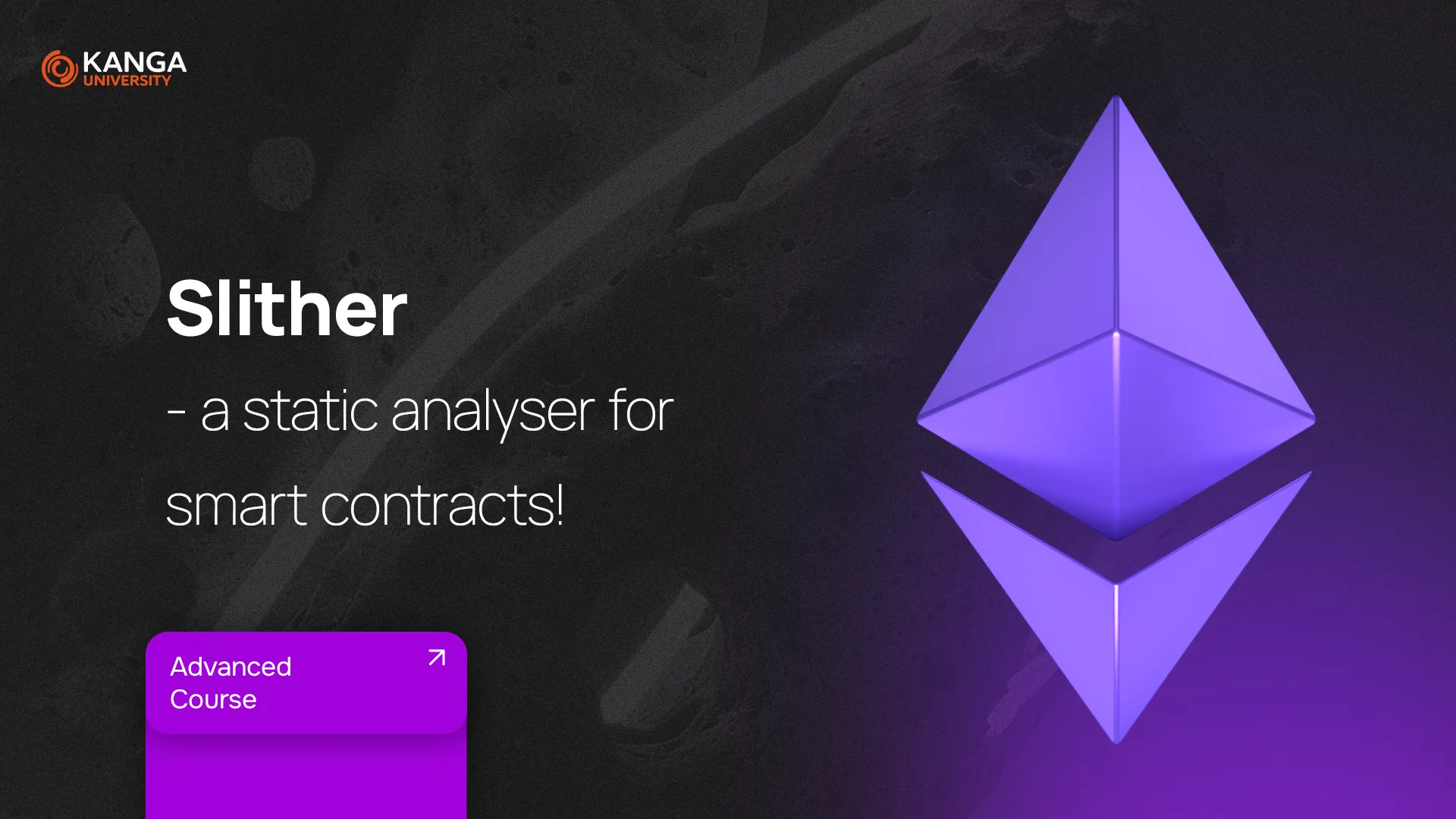
Smart contracts are at the core of blockchain applications. But with great power comes great responsibility — even a small bug in a smart contract can lead to millions in losses. That’s why security tools like Slither are essential in protecting your code before it goes live on-chain.
If you’re diving into advanced-level crypto knowledge, but still new to the technical side, this lesson will walk you through what Slither is, how it works, and why it matters — in clear and simple terms.
What Is Slither?
Slither is an open-source static analysis tool created by Trail of Bits in 2018. It’s designed to scan smart contracts written in Solidity, the most common programming language on Ethereum.
Slither helps developers:
-
Automatically detect security vulnerabilities
-
Identify inefficient code or bad practices
-
Understand how contracts are structured
-
Run custom checks through an API
In short: it gives you a detailed report of what’s wrong with your code and how to fix it — before it’s too late.
What Is Static Analysis?
Before we get into how Slither works, let’s clarify what static analysis means.
It’s a method of reviewing code without running it. The tool reads through the source code, understands its structure and logic, and looks for patterns that might lead to bugs or security flaws. It’s like proofreading a document before publishing — except the stakes are much higher.
This is different from dynamic analysis, where code is tested while running.
How Slither Works
Slither follows a multi-step process to analyze smart contracts:
-
Abstract Syntax Tree (AST) creation
Slither starts by converting your code into a data structure called an AST — think of it as a map of your contract’s logic and structure. -
Applying detection rules
The tool runs through a set of pre-built rules that check for known issues like reentrancy, uninitialized variables, access control mistakes, and bad inheritance practices. -
Finding risks and vulnerabilities
Slither flags issues related to security, performance, and maintainability. These could be major vulnerabilities or subtle inefficiencies. -
Generating a report
After scanning your contract, Slither creates a detailed report highlighting the problems it found and how to fix them. -
Iterating on the code
Developers can now improve the contract, fix the issues, and rerun Slither to ensure the contract is secure.
How to Use Slither
Getting started with Slither is straightforward if you’re working in a development environment:
-
Install Slither (Python 3 required)
-
Navigate to the directory containing your Solidity files
-
Run this command in the terminal:
slither .
Slither will scan all smart contracts in the folder and generate a readable report with detected vulnerabilities, code suggestions, and optimization tips.
Keep in mind: automated tools are great, but not enough on their own. It’s essential to combine Slither with manual code review, especially for high-value projects.
Why Slither Is a Must-Have for Developers
Here’s why Slither is used by professionals around the world:
-
Security first
It finds vulnerabilities early, before they’re deployed on-chain and exposed to hackers. -
Better code quality
It catches poor practices and helps teams write cleaner, more maintainable code. -
Faster development
Fixing bugs early saves time (and headaches) later in the project lifecycle. -
Improved audit process
Slither is often used as a pre-audit tool to catch low-hanging issues before formal reviews begin.
When Slither Is Used
-
During internal testing before a code audit
-
By open-source projects for community code reviews
-
In professional security audits as a first-pass scanner
-
By DeFi and NFT protocols aiming for secure deployment
Summary
Slither is one of the most powerful and trusted static analysis tools in the smart contract world. It helps developers find critical bugs, improve code quality, and build trust in their applications.
If you’re serious about building in Web3, learning to use Slither — or understanding its output — is a valuable skill.
Because in crypto, where code is money, security isn’t optional — it’s essential.